100s of shells, 60 hours of cleaning
After 80 years on display this Victorian ornament was in need of repair. Our conservator Alex spent 60 painstaking hours working on it, soundtracked by a playlist that is ‘a third classical, a third Leonard Cohen and a third electronic ambient’.
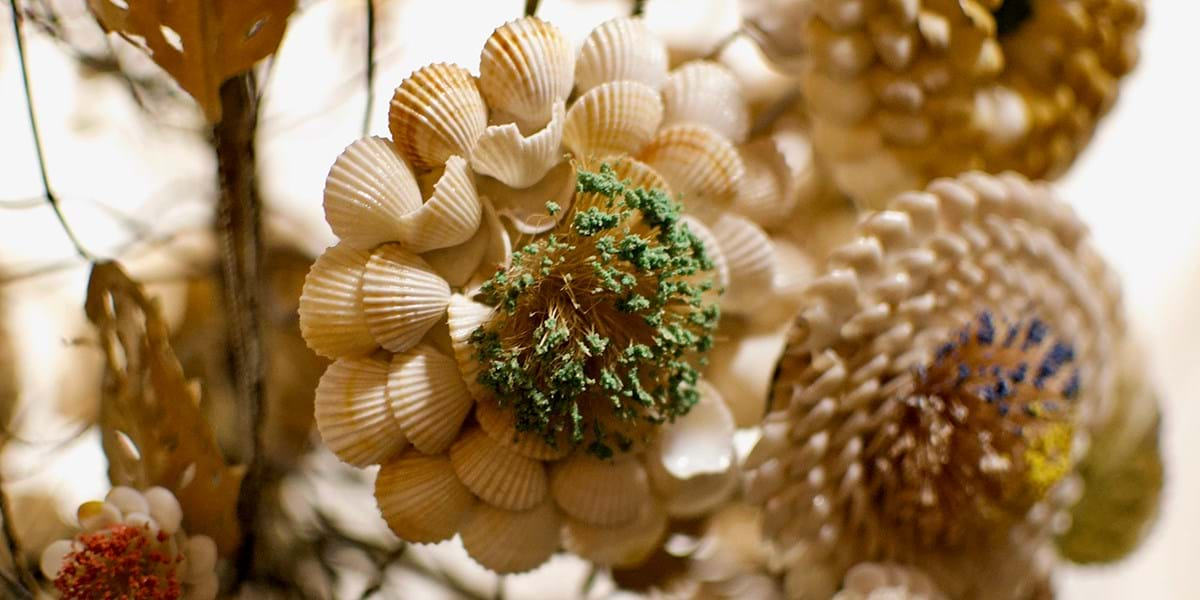
The object
Covered in a glass dome, hundreds of small shells make up a large bouquet of floral shapes.
The quirky design and use of basic materials suggest this is a piece of amateur work, but objects like this are rare.
This style of decoration was popular during the Victorian era (1837–1901) and usually made by women with spare income and time, to show off their talents.
We acquired it in 1936, 22 years after the Museum first opened.
The original setting was probably plaster: it takes a while to set, allowing the maker time to create an entire flower, without the need for adhesive.
 Object number 91/2010
Object number 91/2010
Calling in the conservators
The glass dome was glued down very strongly: we don't know when, or by who – but we suspect it was before the 1980s based on the materials used to fasten it.
The putty-like material that the dome was embedded in gets harder and more brittle with age.
The removal process alone took Alex around 20 hours.
Any small crack in the glass will spread quickly – so patience is vital.
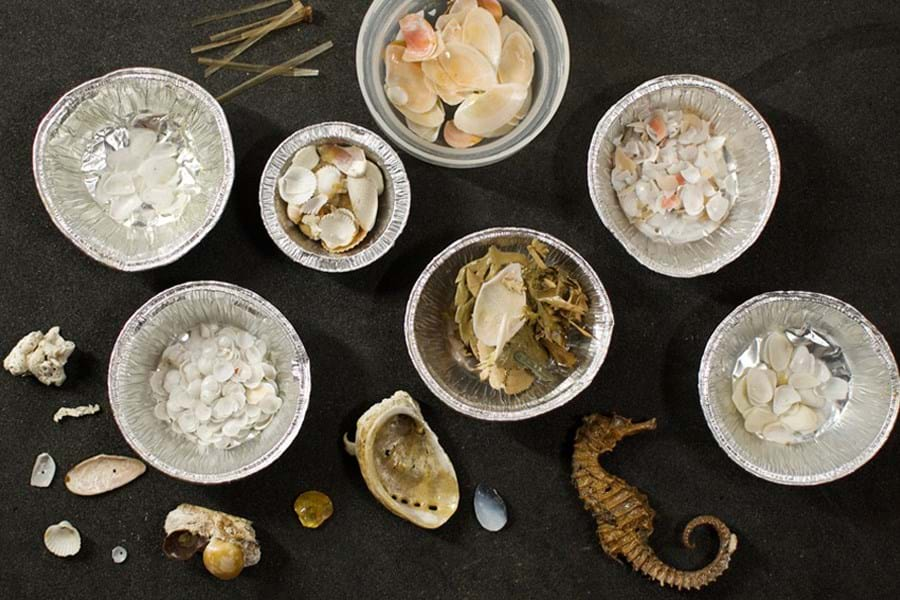
So why not smash the glass?
Alex explained 'it would've been a minor tragedy' – replacing a glass dome like this is an option but newer glass never looks as authentic as the original.
Alex started digging with a mixture of scalpels, dental tools and knives. Sometimes you have to improvise: bobby pins become miniature clamps.
After 10 hours, gentle chipping away grows boring and Alex had to avoid the temptation to hack away at it.
Although he specialises in difficult, fragile objects, it was the first time he'd ever worked on something quite like this.
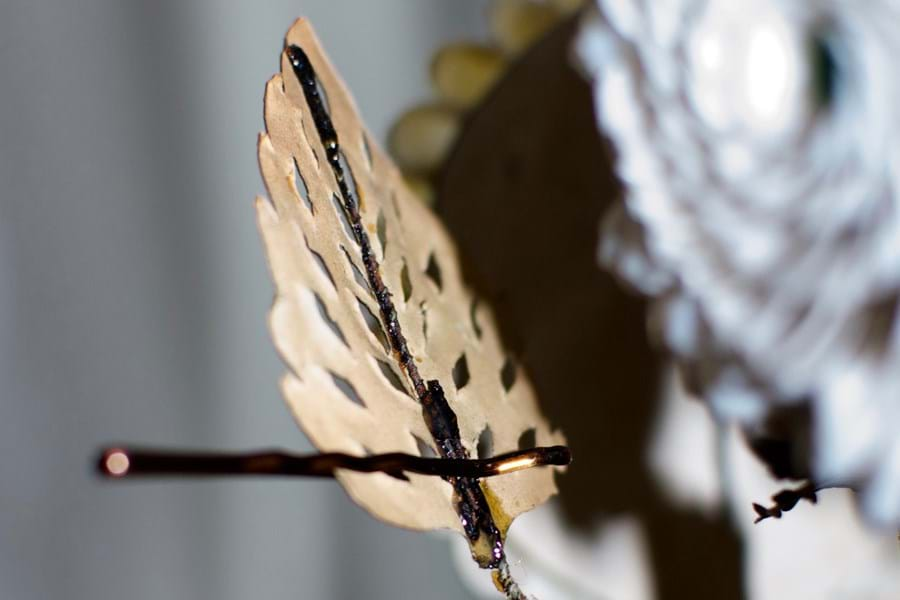
Nearly there
With the dome safely off, Alex carefully removed the loose fragments of shell, cataloguing them meticulously to make sure nothing got muddled up. From there dust and dirt were removed with sable-hair brushes.
Fish glue, similar to that used originally but less prone to yellowing, was used to return the parts to their original place.
Luckily, we only had to buy one new shell. It's a close match to the originals, but is slightly whiter: this will help the curators know what's been restored, but won't be too visible to visitors.
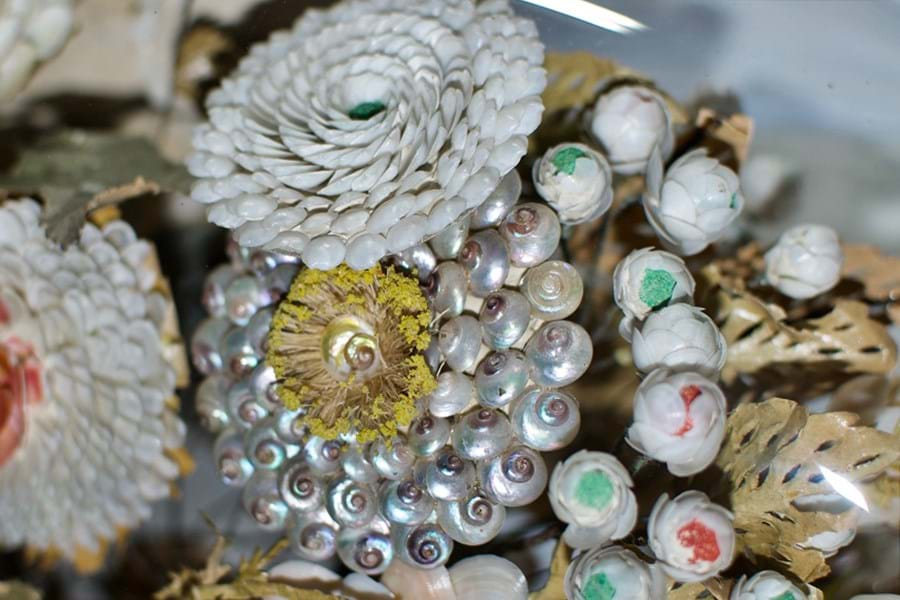
The final result
Now the ornament is restored it is brighter: the pearly colours of the shell catch the light and we can appreciate the detail, work and skill that went into producing it.
And what's the highlight for Alex the conservator? Getting to the end without breaking anything.
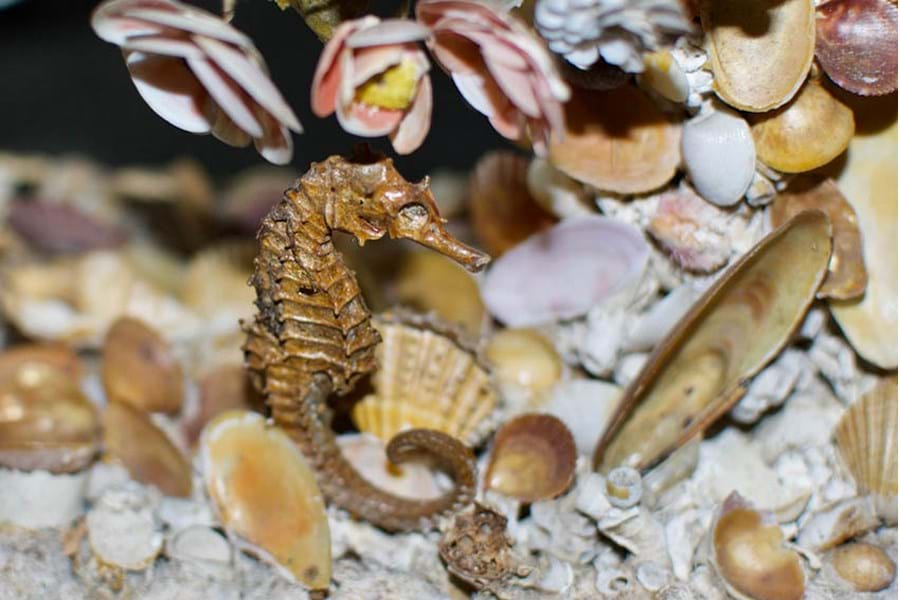
Our collections
Objects and photos of home.
